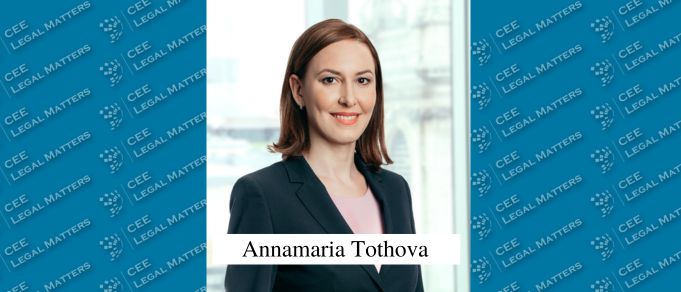Recently, more and more European environmental regulations have been issued, that are directly binding and applicable, with the aim of achieving a circular economy and climate neutrality within a specified period.
These regulations include, for example, Regulation 2023/1542 on batteries and waste batteries, adopted in summer 2023, which regulates all phases of the life cycle from production, first placing on the European market, obtaining a certificate of conformity, use, extended producer responsibility, labeling including the digital passport, waste treatment of batteries, minimum quantities of materials to be recovered from waste batteries and minimum quantities of recycled material for the production of new batteries. The regulation will be applied step-by-step, but some of the obligations are already applicable since 2024, particularly for manufacturers.
An important change is also contained in Regulation 2024/1781 on the establishment of ecodesign requirements for sustainable products, which came into force in July 2024. The regulation applies to all material products with the exception of those explicitly mentioned therein (such as food, animal feed, pharmaceuticals). The aim of the regulation is to improve aspects such as the durability of products, their reusability, reparability, energy efficiency, the recycled content of the product, recyclability, expected waste generation, etc.
Regulation 2024/1735 establishing a framework of measures to strengthen the European ecosystem for the production of emission-neutral technologies, the Net-Zero Industry Act - NIZA, has also been in force since the end of June 2024. Such technologies include various types of renewable energy, batteries, hydrogen, nuclear energy technologies and carbon capture and storage (CCS). Europe has set itself the goal of these technologies reaching production capacities of at least 40% of the EU's annual technology needs to meet its climate and energy targets by 2030. The administrative procedures for granting permits for these technologies will be simplified and accelerated.
The above-mentioned regulation complements Regulation 2024/1252, which creates a framework to ensure a secure and sustainable supply of critical raw materials, focusing on raw materials, their extraction, processing and recycling. The regulation covers both strategic and critical raw materials (e.g. copper, cobalt, lithium, nickel, phosphorus, magnesium, manganese, etc.). It requires a significant increase in recycling capacity so that the EU will be able to produce at least 25% of the annual consumption of strategic raw materials in the EU by 2030. Permits for these plants will also be granted more quickly and easily.
One of the most recent and expected legal acts is the Regulation 2025/40 on packaging and packaging waste which enters into force in the next days and will apply from 12 August 2026. It regulates the obligations of packaging producers, importers, distributors, including final distributors, but also logistics service providers. Packaging placed on the European market will have to comply with new obligations, e.g. all packaging must be recyclable, plastic packaging must contain minimum percentage of recycled content, weight and volume of the packaging must be reduced (no doble walls, false bottom, ...). Member states must follow new targets: packaging waste generated per capita must be reduced, as compared to 2018, by 5% by 2030, 10% by 2035 and 15% by 2040; and at least 65% of the weight of all packaging waste must be recycled by the end of 2025 and at least 70% by the end of 2030.
By Annamaria Tothova, Partner, Eversheds Sutherland




